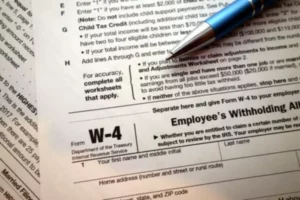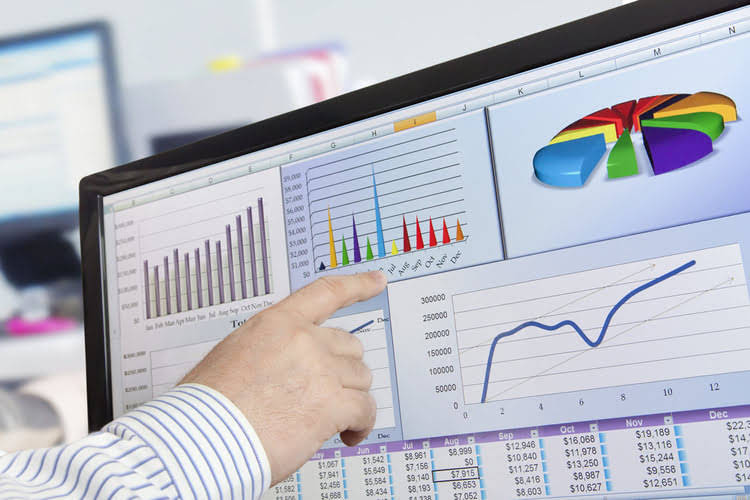Temporary vs Permanent Accounts Differences & Examples Video & Lesson Transcript

BlackLine delivers comprehensive solutions that unify accounting and finance operations across your Oracle landscape. Retailers are recalibrating their strategies and investing in innovative business models to drive transformation quickly, profitably, and at scale. Save time, reduce risk, and create capacity to support your organization’s strategic objectives. The path from traditional to modern accounting is different for every organization. BlackLine’s Modern Accounting Playbook delivers a proven-practices approach to help you identify and prioritize your organization’s critical accounting gaps and map out an achievable path to success.
What are temporary expenses?
Expenses. Expenses are temporary accounts that illustrate a company's cost of conducting business. Expenses include items such as supplies, advertising and other costs your company must pay to generate revenue. Debit the income summary account for the total expenses for the period.
Permanent accounts, unlike temporary accounts, do not need to be closed out at the end of the term. Working capital, cash flows, collections opportunities, and other critical metrics depend on timely and accurate processes. Ensure services revenue has been accurately recorded and related payments are reflected properly on the balance sheet. To avoid the above scenario, you must reset your temporary account balances at the beginning of the year to zero and transfer any remaining balances to a permanent account.
AccountingTools
It helps them build long-term strategies based on accurate projections rather than guesswork. In turn, this allows businesses to plan for success with greater confidence. This article will focus on the various accounts within accounting and, more specifically, which ones are not considered temporary accounts. We will discuss the main characteristics of each type of account and examine which one does not fit into the classification of a temporary account. These are the accounts in which the transaction of all expenses made by the company’s business are recorded. You or your accountant ultimately decide what temporary accounts to create, depending on what you want to track.
Why are they called temporary accounts?
Temporary accounts are known as temporary accounts because they begin a new fiscal year with a zero balance, and the balances are transferred to another account. The temporary accounts are closed to avoid mixing up the balance of one accounting period with the balance of the following accounting period.
Synder, a powerful automated accounting software, can play a pivotal role in better managing temporary and permanent accounts in your business. Synder can streamline your accounting processes, ensuring accuracy and efficiency in handling both types of accounts and provide clear picture of your cash flow. Unlike temporary accounts, permanent accounts do not close at the end of the accounting period. Their balances remain, providing an ongoing record of each account’s cumulative activity. At the same time, the temporary expense account must also be closed out.
How Important Are Temporary Accounts in Accounting?
Permanent accounts are the accounts that present the cumulative balance by remaining open till the end of the accounting time and gets carried forward to the next accounting period. Gain global visibility and insight into accounting processes while reducing risk, increasing productivity, and ensuring accuracy. Close the gaps left in critical finance and accounting processes with minimal IT support. Let’s say you have a cash account balance of $30,000 at the end of 2021. Because it’s a permanent account, you must carry over your cash account balance of $30,000 to 2022. This information is vital for budgeting and forecasting since it allows businesses to make educated decisions regarding their spending habits and future courses of action.
Fed Chair says interest rates are likely to rise ‘once or twice by the … – msnNOW
Fed Chair says interest rates are likely to rise ‘once or twice by the ….
Posted: Thu, 22 Jun 2023 20:05:00 GMT [source]
Temporary accounts are an integral part of accounting and play a significant role in preparing financial statements. These accounts help keep track of all income and expenses that have occurred throughout the year. By having records of all transactions, accountants can accurately prepare financial statements for the company. You may also choose to create a temporary income summary account, which helps with the end-of-the-year closing process.
How Accounts Receivable Automation Can Help
Likewise, the accounts payable balance shows the balance of your unpaid expenses. At any given time, your business’s inventory account tells you the current time value of money dictionary definition value of the inventory you have on hand. When you report your end-of-year income, you’ll calculate the profits you made by selling that inventory.
Metro Atlanta man sentenced for money laundering conspiracy … – Department of Justice
Metro Atlanta man sentenced for money laundering conspiracy ….
Posted: Wed, 14 Jun 2023 16:11:01 GMT [source]
Secondly, permanent accounts in accounting show ongoing business progress. Understanding the difference between temporary and permanent accounts can be valuable, especially for those in accounting. There are accounts considered temporary, meaning they only last for a specific time, and there are also permanent accounts. They provide a snapshot of financial activity during a given period and provide valuable insight into the overall financial position. Businesses need to have visibility into their finances at any time to make informed decisions about their operations and long-term goals.
Definition and Example of Temporary Accounts
This enables them to develop long-term goals based on accurate estimates as opposed to conjecture. Permanent accounts do not need to be closed at the end of the period, unlike temporary accounts. They make it possible to track money over several accounting quarters in a year. For instance, a long-term prepaid expense might feel like an asset, but it’s typically recorded in a temporary account due to the eventual recognition of the expense. In such cases, generally accepted accounting principles (GAAP) or International Financial Reporting Standards (IFRS) provide guidelines for categorization.
- A credit card account is a line of credit offered by a bank or other financial institution.
- While assets, liabilities & capital directly represents the going concern of the business, they remain in the balance sheet along with the company’s existence.
- Temporary accounts are short-term accounts that start each accounting period with zero balance and close at the end to maintain a record of accounting activity during that period.
- Temporary accounts are interim accounts that track a company’s financial activity during a specified time period.
- At the end of an accounting period, entries from all revenue and expense accounts are transferred into the income summary account.
- The revenue account is used to keep track of all money earned during a given period of time.
What are the three temporary accounts?
The three types of temporary accounts include revenue accounts, expense accounts, and income summaries.


